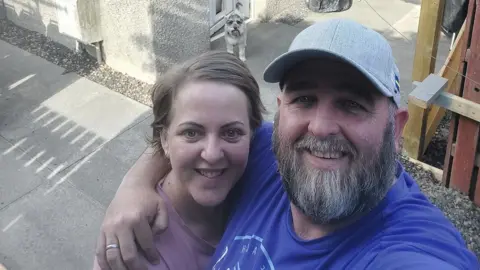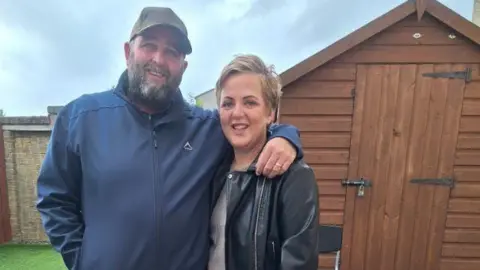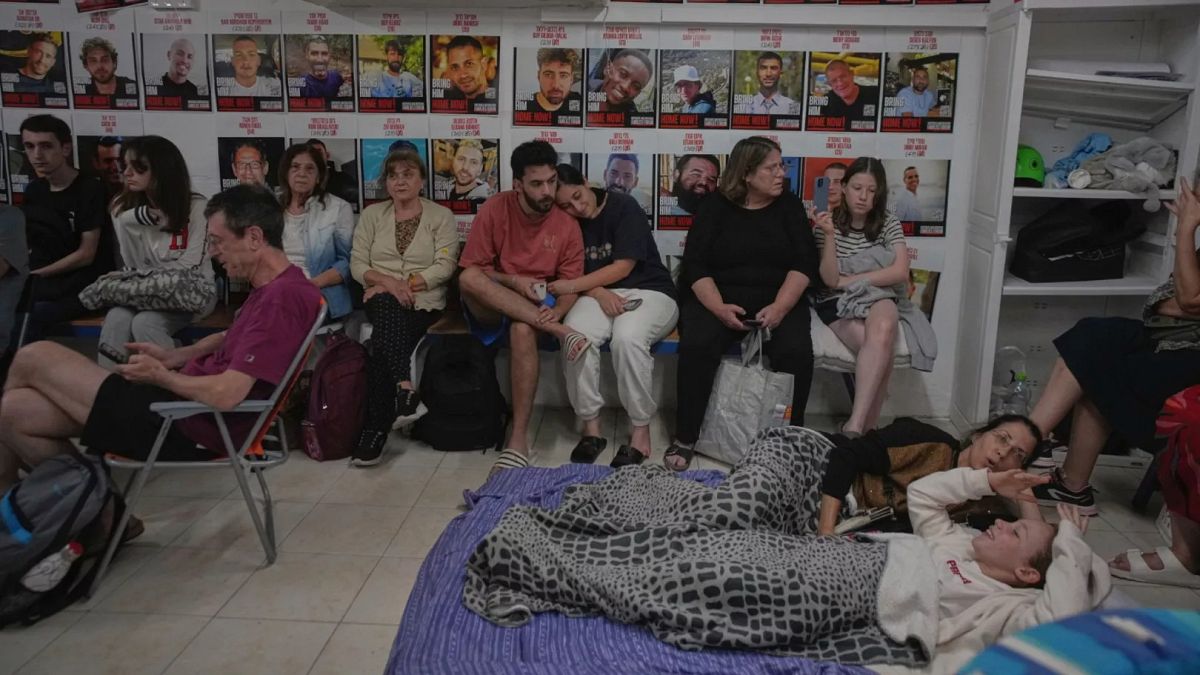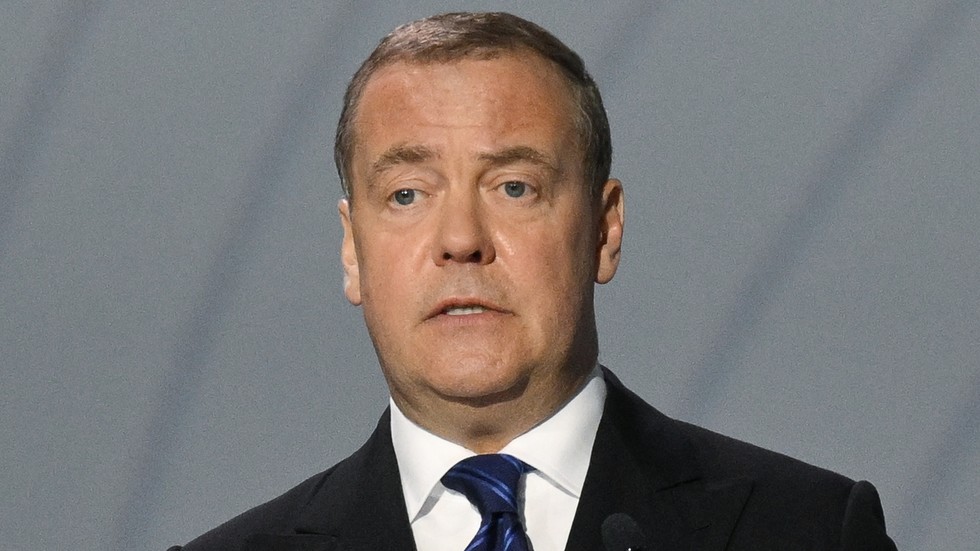Andrea Racekova
BBC Scotland News

 Martin Sutherland
Martin Sutherland
Anna and Martin Sutherland are among thousands of people who have bought properties through the OMSE scheme
Most first-time buyers have been dropped from a Scottish government scheme that helps people buy a home without having to fund its full cost, BBC Scotland News has found.
The Open Market Shared Equity (OMSE) scheme allows buyers to pay for 60% to 90% of a property's price, with the government buying the remaining share.
Thousands of buyers have entered the property market this way since 2007 but there was a sharp drop last year, leading to some observers calling the scheme's price thresholds unrealistic.
A government spokesperson said the scheme would now only focus on priority groups, such as social renters and people with disabilities, but experts called the move "short-sighted".
In the past, the initiative had been mostly used by first-time buyers on lower incomes who lived in private rentals or with family.
But the government's latest update has rendered first-time buyers ineligible, unless they fit into one of the priority groups.
The mortgage advisers and buyers who have used the scheme in the past told the BBC first-time buyers were vital to the housing market and should also be a priority group.
'The government should be protecting first-time buyers'
In recent years, campaigners have highlighted the growing number of Scots struggling with housing issues such as affordability, suitability and security of tenancy.
In May last year, the Scottish government declared a national housing emergency, which set out aims to increase housing supply and tackle homelessness.
Relatively high mortgage rates and the rapidly increasing cost of renting have made it difficult for first-time buyers to enter the property market.
According to the charity Shelter Scotland, more than four in 10 adults are currently dealing with housing-related issues.
Lucy Moore from Edinburgh contacted Your Voice, Your BBC News last year because she had struggled to save enough funds to buy her first home as a private tenant of eight years.

 Lucy Moore
Lucy Moore
Lucy Moore from had tried to use the OMSE scheme to buy a flat in Edinburgh, but she gave up
Although the 32-year-old copywriter had about £5,000 in savings, she had to borrow money from her family to cover a mortgage deposit and the extra funds to pay over the property's asking price.
She said: "I can happily pay the mortgage payments, but what I can't do is pull £30,000 out of nowhere - There's no way I'd be able to do this alone."
Before she bought her flat, Lucy had considered using the OMSE scheme to split the property's cost with the Scottish government.
At the time, the scheme was aimed at first-time buyers and priority groups who could prove they couldn't afford to buy a home without help.
It was one of four initiatives the Scottish government has run in the past 20 years to make home ownership more accessible.
A Scottish government spokesperson said the schemes had supported almost 52,000 households since 2007, with more than 80% of them being first-time buyers.
The OMSE scheme doesn't allow the applicants to offer over a property's asking price if their bid exceeds the set thresholds. This is why Lucy gave up on using it.
She claims buyers in Edinburgh often have to compete with investors who can afford to make bids on properties which are far in excess of the asking price.
"What angers me, and I think it really shows how little support and protection first-time buyers get, is that a lot of the ads on property websites say 'perfect for a first-time buyer or as an investment'," Lucy said.
"Those two groups of people - that's not a fair fight.
"The government should be protecting first-time buyers and giving them a cat in hell's chance of getting into this really hyper-competitive market."
First-time buyers no longer a priority
Although the government has advertised the OMSE scheme as a "low cost initiative for first-time buyers" for the past 18 years, the eligibility criteria changed in April 2025.
Only first-time buyers that fit into one of the priority groups are currently eligible, leaving out those who live in private rentals or with family and friends.
Data obtained by BBC Scotland News shows that the majority of the scheme's past users did not belong to any of the priority groups.
Last year, 182 out of 210 successful OMSE purchases were made by first-time buyers.
Priority group applicants were responsible for 6% of these sales in 2024, and 10% in 2023.
The latest evaluation of the scheme from 2021 also showed that 35% of buyers were private tenants, 32% lived with relatives and 24% came from social housing.
Explaining the government's decision to focus solely on priority groups, a spokesperson said: "Supporting social renters to make the transition to affordable home ownership will help free up social rented accommodation, which in turn could help families move out of temporary accommodation."
They added that it was important to target limited government funding on buyers who would not be able to purchase at all without assistance.
Dawn Ramsay, a Dundee-based mortgage broker, called this move short-sighted, adding that she didn't believe it would attract more social renters to the scheme.
"Many people won't look to move from affordable renting to having to worry about the cost of having your own home, to cover ongoing repairs, everything else that goes with that," she said.
Mrs Ramsay believes first-time buyers on lower incomes should be a priority group because they usually buy at the most competitive lower end of the market.
She said: "It pushes the house price up because there could be five or six people looking at a property, and some of them may well have financial backing where they can pay over the asking price for that property. It's not a level playing field.
"These are the people that will keep our housing market moving. It really is a kick in their teeth."
In response, the Scottish government said that it still supported first-time buyers by charging no tax on the first £175,000 of their new home, and through the NSSE scheme.
It allows buyers split the cost of a new-build property sold by councils or housing associations.
However, there are currently only six local authorities in Scotland with eligible properties, according to the scheme's website.
'Almost impossible' to meet the price cap
Martin and Anna Sutherland said they would not have been able to purchase their first home without the OMSE scheme.
They had spent six years privately renting, which left them with just enough money to afford a 5% mortgage deposit, something not many lenders accept, according to the father-of-two.
With the government paying for 20% of the property price through the OMSE scheme, they managed to secure a lower mortgage and bought a four-bedroom bungalow in Fife.

 Martin Sutherland
Martin Sutherland
The government owns a 20% equity stake in Martin and Anna Sutherland's home
However, Mr Sutherland emphasised it was "almost impossible" to find a property that would fit into the price thresholds set by the government.
"There wasn't one property available to us by using the (OMSE) LIFT scheme, except for this one," he said.
They bought their house for £174,000, which was just £1,000 short of the scheme's threshold for South Fife.
According to Rightmove, an average price for a four-bedroom property in Fife is just over £343,000.
Even though the property requires lots of renovations, Mr Sutherland said the whole family felt very lucky to secure their first home.

 Martin Sutherland
Martin Sutherland
The Sutherlands bought the four-bedroom house for £174,000, just £1,000 below the scheme's threshold
The thresholds are based on the property size and location, with noticeable differences across Scotland's local authorities.
Mrs Ramsay and other mortgage advisers have told BBC Scotland News the scheme's price caps were unrealistic.
Although the government claimed the thresholds were being updated every year in line with inflation, they remained the same between August 2022 and the latest update in April 2025.
In response, the government stated there were no changes in December 2023 and 2024 because the scheme had closed to new applications at the time.
In South Fife, where Martin and Anna bought their house in 2024, a four-bedroom property is now capped at £185,000.
When BBC News Scotland questioned the government about the thresholds, it said: "We accept that in certain small geographical areas there will be a limited number of properties for sale which fall within the OMSE thresholds at any one point in time."
It added that the way the thresholds are calculated ensures that all areas across Scotland are able to benefit from a viable scheme with a reasonable number of properties to choose from.
Last year, the scheme's users also only had four weeks to apply, with the government claiming the budget had been "fully utilized by all applications received at the time."
We later found out that only a half of the dedicated £27m was actually spent.
Responding to our findings, a Scottish government spokesperson said: "After all applications were assessed, approximately £13.5m of the initial budget remained.
"At the end of November the Cabinet Secretary for Social Justice made the decision to redistribute the remaining £13.5m of Financial Transactions allocated to OMSE to Charitable Bonds."
The government uses these bonds to provide loans to registered social landlords for the development of new affordable homes.
The number of applicants to the scheme and its funding have steadily declined in the past five years.
The most money allocated to the scheme was £80m in 2019, which supported 1,145 sales.
In 2024, only about 0.6% of all of Scotland's first-time buyers benefited from it and the budget was the lowest in a decade.
Dr John Boyle, the director of research and strategy at estate agent Rettie & Co, said the shared equity schemes were more successful 10 years ago.
"That's because it did help more substantial numbers of people onto the housing ladder at a time when it was difficult for first-time buyers to access mortgage finance," he said.
However, he believes the solution to Scotland's housing problem lies elsewhere.
"Unless we do something about the supply problem, we won't really do anything about the affordability problem," he said.
"That's where the bulk of the money should be going."

 3 hours ago
3
3 hours ago
3









